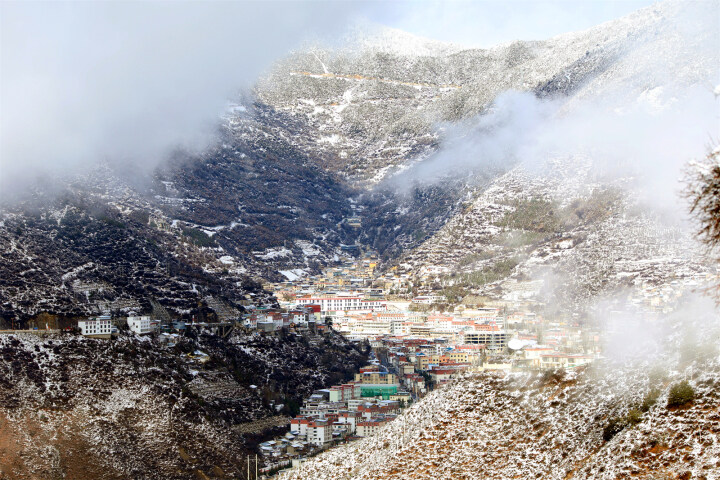Approaches might be local, but the significance is global.
Having followed the poverty relief issue over the past two years, I began to think of myself as something of an expert on it.
However, that illusion was dispelled as soon as the annual gathering of legislators kicked off on March 5, with many participants offering insights based on their expertise in combating poverty. I now expect my knowledge gap to widen further by the time the meeting wraps up on Friday.
Over the past week, I have spoken with at least a dozen grassroots legislators from the country's western regions who are grappling with dwindling but still persistent poverty issues.
I started the first few conversations believing that I knew about the challenges they face - ranging from serious illnesses that lead to family bankruptcy to the exodus of young people that exacerbates rural poverty.
Later on, I realized how ill-informed I was. Each of them gave me a unique account of their fight against the long-standing problem and the solutions that were tailored to their region's situation.
One of them was Li Xiumei, a legislator from a Lahu ethnic group in southwestern China's Yunnan province. Her stories stood out because her people are among the few ethnic groups in China's border areas that have, until recently, maintained a primitive mode of production - making them more susceptible to destitution.
The Lahu people used to be overly dependent on growing sugar cane and corn for income, and they were often failed by fluctuating market demand and a lack of distribution channels.
Things began to change when Li's village began growing avocados, which are popular with urban shoppers. Local farmers sold them through e-commerce platforms and transported them to customers with the help of better road infrastructure and the expansion of courier services to remote regions.
Meanwhile, an improved strain of potato - designed to grow in sandy soil in freezing temperatures - has kept farmers busy in winter, which used to be a time when agricultural production ceased.
Now, her village is home to some of the region's richest farmers, and the success story of her people is just one of many.
Others have found wealth by developing tourism resources, including traditional housing, culture and specialties.
Some have shaken off poverty through low-interest loans and vocational training offered by local governments.
Some have had their lives changed by moving away from areas that their ancestors inhabited for generations. Such stories cannot be summed up in just a couple of sentences.
Although they torpedoed my pretensions to being a poverty relief expert, the talks were informative, and inspiring in some cases in hindsight.
They helped expand my knowledge base, and let me think again about the "precision poverty alleviation measures" the central leadership has been promoting since 2012.
A closer look at the "one solution, one place" relief approach shows that relief authorities have gone well beyond their responsibilities to merely alleviate poverty.
They are trying to remedy the modes of economic development that poor people have stuck to for generations. I have also talked to foreign journalists who are in China to cover the two sessions.
Many of them have been fascinated by the nature of the relief efforts, and have said such experiences could be useful for countries combating problems such as unbalanced development and widening wealth gaps.
|





7740f3b5-9ecb-438e-9052-76cb2d4bb671.jpg)

